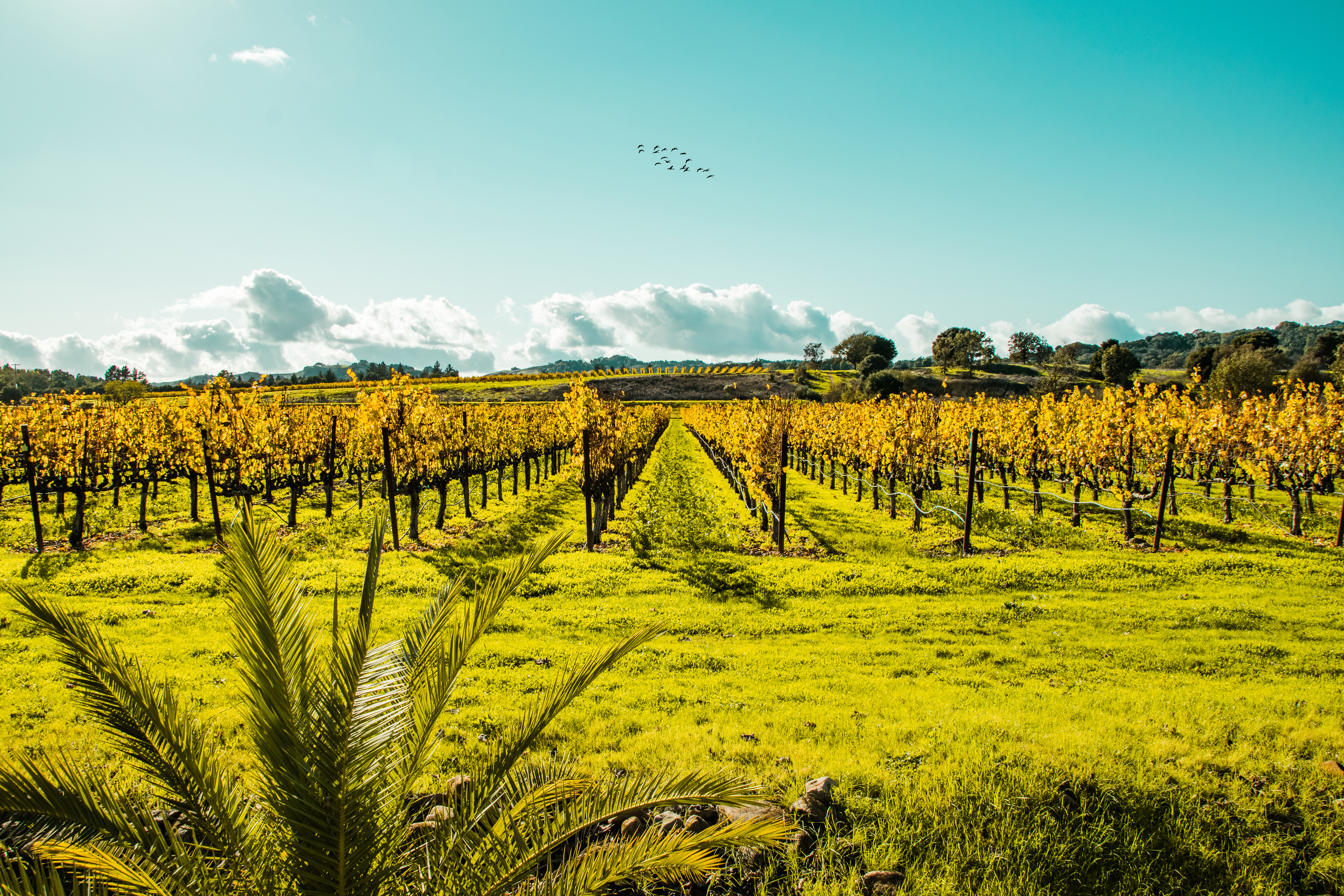It is commonplace to believe when you buy a Central Valley Cabernet or a Central Valley Zinfandel, that you are getting 100% Cabernet with 100% of the fruit from the Central Valley, or 100% Zinfandel 100% from the Central Valley. Unfortunately, that is not always the case.
Appellation of Origin and American Viticultural Areas (AVA) have a few quirks to the rules that are important to know, and in this installment, we will be looking at the 75% rule.
To label your wine as “Cabernet Sauvignon, Central Valley, California, 2016” the wine must be at least 75% Cabernet Sauvignon, at least 75% of the Cabernet Sauvignon must be 100% from the Central Valley, 100% of the grapes used to make the wine must be from California, and 95% of the grapes must be from the 2016 harvest (there is a labeling variation where it is actually only 85% – more on that in a minute). The rest is up to the winemaker’s creativity.
Here is a more detailed breakdown:
- Varietal: Must be 75% of the listed varietal (i.e. Cabernet Sauvignon, Pinot Noir, Sangiovese, etc…). The remaining 25% can be anything the winemaker chooses. A lot of common practice comes in to play here, insomuch as most winemakers will blend a bit of Merlot, Cab Franc, Petit Verdot, and/or Malbec behind their labeled “Cabernet Sauvignon” to stick with the customary Bordeaux stylings. It is not uncommon for a Pinot Noir producer however to blend a little Chardonnay into their labeled “Pinot Noir” which breaks with all Burgundian tradition of 100% of either white or red. While great wine is grown on the vine, the final decisions on what to do with the 25% ‘blank page’ can really make or break a finished product.
- Appellation of Origin: If an appellation is listed alongside the varietal, the varietal must be 100% grown in the listed appellation. From there only 75% of the stated varietal and appellation need to be in the final product and the remaining 25% can come from other appellations within the state. In California, if you broke out of the 75/25 split, one could list multiple (up to 3) counties on your label, but must provide percentages. That could look something like: 50% Contra Costa County, 35% Sonoma County, 15% Sierra Foothills. Under the 75/25 rule, you could be purchasing a North Coast Zinfandel for example, and 25% of the Zinfandel (or Petite Sirah – a common Zinfandel blending grape) could be from the Central Valley for a few examples, but 100% of the portion of wine that is the listed Zinfandel must be grown in the North Coast.
- State Listed: Here we find the only 100% ruling for labeling. The fruit must be 100% grown in the state of California. No way to slip some Oregon fruit into your Sonoma Pinot and no way to slip a little Washington fruit into your Napa Cab. With so much flexibility on the other labeling strictures, a winemaker really doesn’t need to cross state lines to acquire specific fruit with specific expressions, as they can definitely find what they are looking for within state lines. If the grass really is greener on the other side, they will either start a winery in the state they are looking towards or sell their current winery to start an operation in the other state.
- Vintage: This one always comes as a bit of a surprise to some folks, but you only need 85% or 95% of your 2012 Merlot to be from 2012. The difference determining which percentage you are at is based on appellation labeling (85%) and recognized AVA labeling (95%). The remaining 5% (or 15%) is up for grabs. As a winemaker, you may be sitting on some stellar juice left over from last year or even a few years back, and you have the option to swing up to 5% (or 15%) into your current vintage. That said, once you hit 6% (or 16%) you have moved very quickly into the NV (non-vintage) realm, but that is not always a bad thing (see: Sean Thackrey). How do the two of these levels of vintage percentage look? If you are buying a 2013 “Central Valley” appellate Cab, only 85% needs to be from 2013, if you are buying a 2013 “Napa Valley” appellate Cab, 95% needs to be from 2013.
With all this in mind, it is also important to state that if you are publishing litterature on your juice, you cannot say it is 100% Cabernet Sauvignon or it is 100% Napa Valley if that is not entirely true. You say you have a Napa Valley Cabernet Sauvignon, you just don’t say 100% if it isn’t 100% from Napa Valley and 100% Cabernet Sauvignon. The moment you do, there are problems to be had if you are caught.
These rules become a bit tighter when you list a named AVA, examples being: Napa Valley, Sonoma Coast, Dry Creek Valley, Rutherford, Knights Valley, Calistoga, etc…
In our next “Understanding AVA” we will go into more detail about this, the 85% rule.
Understanding AVA Series:

